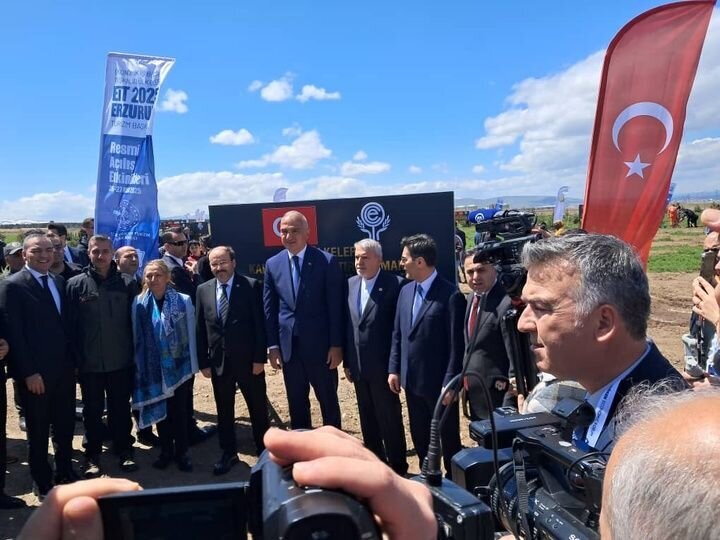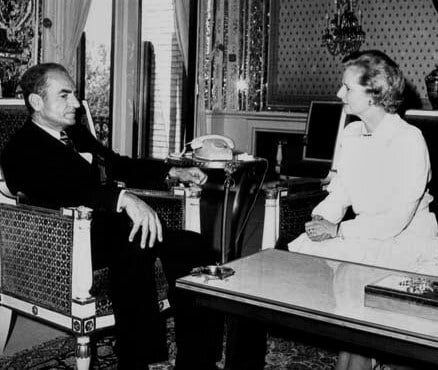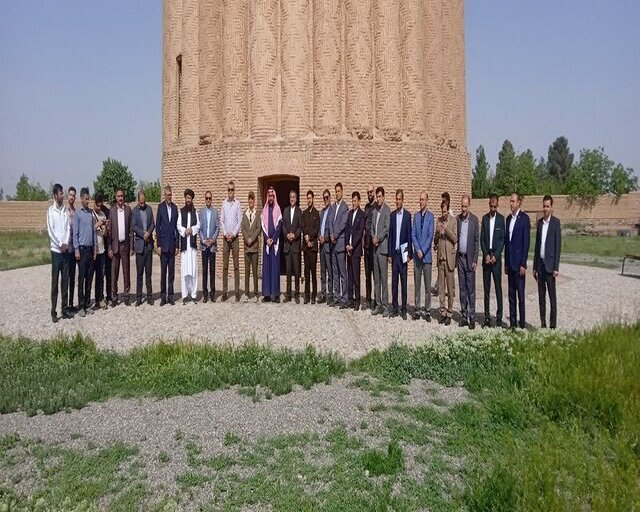
TEHRAN Throughout history, females have actually frequently been more vulnerable than their male peers and dealt with higher threats of criminal activity, sexual exploitation, and required labor.This is a recurring style around the globe, and while each society has its own unique expressions of this, ladies all over can typically share tragic stories of struggle.One place you might not expect to find abuse against females remains in an organization that so loudly declares itself the defender of ladiess rights, particularly one that boasts about having a female leader and supposedly keeps guys inferior throughout its ranks.The terrorist group Mojahedin-e-Khalq (MEK) might rule out its killing of over 23,000 Iranians an abhorrent act, nor its alliance with Saddam Hussein against Iran during the 1980s invasion.
A member might even argue that these acts of horror and treason were dedicated in the name of a simply cause.
Nevertheless, what the group would definitely never confess is its systematic abuse of its own members, particularly the women it so desperately tries to represent as free and happy.Yet, as time goes on, an increasing variety of female ex-members are breaking their silence to expose the fact: a fact identified by unthinkable violence and infraction of human, personal, and gender rights.
Maryam Sanjabi is one of these women.Maryam looked composed as she sat throughout from me for the interview.
Her demeanor offered a plain contrast to the cooling information I had actually just checked out online that the MEK was looking to assassinate her.
I asked her if this held true.
She said yes, however what she cared about was that the groups faade would come down, specifically in the European nations presently safeguarding the MEK.Maryams introduction to the company came through her older sibling when she was simply in middle school.
She signed up with the terror attire in the 80s, a decision she now reflects on with deep regret.
While I understand I have to take obligation for what I did, I cant help however question how I wound up in the Ashraf Camp in Iraq, she discussed.
Of course, I didnt totally understand what I was signing up for.
I was young, nave, and quickly sucked in by their lies.
The MEK leaders stated their aim was to make Iran totally free and thriving, however allthey ever appreciated was killing innocent people and enslaving us.
For 25 years, Maryam belonged to the company.
In 2011, she finally ran away Iraq after experiencing dreadful crimes against its members, particularly women.The Tehran Times had previously reported on the Ashraf Camps isolation: members were cut off from innovation and the outside world, subjected to rigorous partition, and forced into hours of daily brainwashing.
They were even required to divorce their spouses and send their children away.
However talking with Maryam provided much deeper insight into the particular struggles women in the group endured.The forced sanitation of womenUp till the 1990s, females in the MEK held no real status under the management of its early creators.
At finest, they were limited to working in kitchen areas, kindergartens, or dormitories, Maryam stated.
In the 90s, when Maryam Qajar-Azdanlou rose alongside Massoud Rajavi, a brand-new deceptiveness took shape.Qajar-Azdanlou is the groups most well-known female fraudeverything she states about womens rights is a lie, and her actions totally oppose her words.
The groups propaganda boasts that women hold top management functions and depicts them as free-thinking revolutionaries.
However in reality, the females there are basically detainees, stripped of any real company or decision-making power.Maryam described that the MEK was especially concerned about ladies leaving the company.
They employed extreme procedures to make sure no woman might get away or think of anything beyond commitment to Rajavi.
A crucial part of their control technique was methodically getting rid of ladiess roles as wives and mothers, she said.As formerly reported by the Tehran Times, the MEK wound up requiring all couples within the Ashraf Camp to divorce their partners.
It continued to ban any type of romance and intimacy, with females facing harsher punishments than males for breaking the guidelines.
I knew a 30-year-old woman who admitted her sensations to a male member, Maryam recalled.
When the MEK management found this, they required dozens of members to verbally abuse her during our nighttime confession sessions - hour-long routines where we had to confess any wrongdoings from the day.
The continuous embarrassment damaged her.
She eventually devoted suicide by electrocuting herself with high-voltage wiring.
The MEKs family destruction project progressed methodically: after separating partners, they removed childrenfirst shipping them to Jordan, then distributing them across Europe.
They made sure women could never ever bear kids again.
They moved from required divorces to mass sterilizations, Maryam stated.The organization actively sought chances to perform sanitations.
An easy stomachache became validation, Maryam revealed.
They d declare your life depended upon the treatment.
If you withstood, they d create another surgical factor and decontaminate you while anesthetizedwithout your understanding.
Having worked in the MEKs documents center, Maryam had distinct insight: I knew of about 150 sanitized females.
Lots of horrific cases crossed my desk that others never ever saw.
Leaving made impossibleDuring the first few years of MEKs existence in Iraq, exiting the company was reasonably simple.
Leaving members would be kept in different quarters for about a year before release.
After the group suffered major losses throughout an unsuccessful 1988 operation versus Iran, they executed extreme procedures to avoid defections.
Everything changed overnight, Maryam discussed.
Anyone asking for to leave would be restricted in isolation for two years.
Upon release, they d be offered just standard provisionsa fork, spoon, bag of flour, utilized clothing, and minimal cashbefore being deserted at Abu Ghraib jail.
Without passports (which we d given up upon joining), Iraqis detained these stateless individuals for 6 to 7 years.
Abu Ghraib had long been associated with organized abuse, both previously and after the U.S.
invasion of Iraq.
The jail got global notoriety in 2004 when leaked photos exposed its brutal abuse practices: detainees led on leashes, naked detainees stacked in human pyramids, and individuals pushed into crucifixion-like positions.
Some former members pled to rejoin the MEK after being sent out to Abu Ghraib, Maryam revealed.
Many vanished inside that prison - we never ever heard from them again.
Others didnt endure at all.
For those who withstood the Iraqi facilitys horrors, survival didnt indicate recovery.
The Tehran Times recently learned about the case of one lady who went back to Iran after her imprisonment.
The previous MEK member invested her remaining years institutionalized in psychiatric care before dying earlier this year.Punished before disobedienceThe MEK performed routine purification campaigns to remove discontent within its ranks.
Members suspected of frustration or potential desertion were rounded up and subjected to days of torture.
Maryam eventually became one of these targeted impure components.
They accused me and others of being Iranian government representatives, which was nonsense, Maryam recounted.
They understood completely well we had no outside contact.
This was just their way of cautioning dissatisfied members about the effects of trying to leave.
Eight years after signing up with, Maryam was required to the Castle - an infamous prison complex within Ashraf Camp.
The very first person I saw was Mahboubeh Jamshidi, sitting on a chair, screaming curses at me, and requiring confessions.
Others in the space started beating me.
Maryam was restricted in a cell with other ladies prisoners.
Their daily presence consisted of unrelenting beatings, with only 3 one-minute bathroom breaks outside their cells each day.
Four jailers oversaw our torture: Heshmat Tiftakchi, Nahid Sadeghi, Kobra Hassanvand, and Fatemeh Kheradmand.
Kheradmand would kick me with her military boots - head, face, everywhere.
Her blows split my lips open and left irreversible scars.
My injuries bled a lot, but I never ever received any medical treatment.
The violence intensified one day when Kheradmand attacked me like a wild animal and tried to break my hand.
Though I resisted, she damaged nerves in my right-hand man and left it numb for years.
The injury remains visible today.
Maryam withstood this abuse for 10 days.
Then Shahin Haeri, Saeeda Shahrokhi, and other guards came.
They dragged me to a room, bound my limbs, and whipped my feet and body until I passed out.
They revived me with water, just to repeat the process again and once again.
After this ordeal, Maryam was returned to the general population with stringent orders never ever to discuss what had happened.Death, the supreme fate of the females who dared escapeBut what waited for those who unbelievely left Ashraf Camp, prevented Abu Ghraib jail, and endured the MEKs internal torture system? Almost particular death - especially for women.
I got away throughout a duration when monitoring had actually weakened after Saddams fall, Maryam described.
The programs collapse implied the MEK lost its primary ally in searching down fugitives.
Those who attempted escaping earlier werent so fortunate - many were caught and performed.
Maryam recounted the terrible story of Minoo Fathali, a camp guard who ran away with a male associate she loved.
The MEK released sixty Iraqi patrol automobiles to track them down.
They were captured in Baghdad and dragged back.
While the male eventually got away after serving 2 years imprisonment, Minoo suffered a far even worse fate - she was performed with cyanide.
This was their requirement approach, Maryam kept in mind.
Countless others picked suicide over continued torture.
I knew of about 100 suicides amongst our 5,000 members - an inconceivable toll.
Maryam said she feels bad for a few of the people left caught in the MEK.
Before I got away, I confided in my two closest buddies, she shared.
But fear kept them from joining me.
Now theyre stuck in the MEKs Albanian compoundI dont think theyll ever have the ability to find an escape, but I pray to God that somebody assists them leave that hell.
.
This article first appeared/also appeared in Tehran Times

 7
7

















